calsfoundation@cals.org
MacArthur Park Historic District
The MacArthur Park Historic District contains one of the oldest neighborhoods in Little Rock (Pulaski County). Centered on MacArthur Park, the district contains approximately fifty blocks. The district is bounded by East Capitol Avenue, South Scott Street, East 15th Street, and Interstate 30. Numerous properties within the district are listed on the National Register of Historic Places. The district contains properties in the Greek Revival, Gothic Revival, Italianate, Second Empire, Colonial Revival, and Craftsman styles, among others.
The area in the district was first settled in the 1830s with construction of the Tower Building of the Little Rock Arsenal beginning in 1838. Located on the edge of the city, the arsenal was constructed on the former site of a horse track. Over the next several decades, numerous other buildings were added to the arsenal complex, with a total of twenty-eight at the site in 1860.
Houses were soon under construction in the area, including the Pike-Fletcher-Terry House constructed in 1840 for Albert Pike on East 7th Street. Built in the Greek Revival Style, the house served as a meeting place for the Women’s Emergency Committee to Open Our Schools during the Central High School Crisis in 1957–58 and later became part of the Arkansas Arts Center (now the Arkansas Museum of Fine Arts). Also constructed in 1840, the Absalom Fowler House is one of the few remaining antebellum houses in Little Rock. Due to its state of preservation and its unusual floor plan, it is one of the most architecturally significant structures in Arkansas. Curran Hall on East Capitol Avenue, which was constructed in 1842, serves as the Little Rock Visitor Information Center. Trapnall Hall was constructed on East Capitol Avenue in 1843 and now serves as the official receiving hall for the governor. Several other antebellum houses still stand in the district.
Postwar houses in the district include the Augustus Garland House, constructed in 1873, and Villa Marre, constructed in 1881. Villa Marre and the Lincoln House, located at 301 East 7th Street, are both examples of Italianate-style homes. Queen Anne–style homes in the district include the Holtzman-Vinsonhaler House at 500 East Ninth Street, William L. Terry House at 1422 Scott Street, and the Chisum House at 1320 South Cumberland Street.
The Bracy Manning House at 620 East Sixth Street is an example of Colonial Revival architecture in the district, while the Beverly Apartments at 406 East 7th Street offers an example of a Craftsman-style apartment building.
Numerous churches are included in the district. First Lutheran, constructed in the Gothic style, stands at 314 East Eighth Street. St. Edward Catholic Church, designed by Charles Thompson and constructed in 1901, stands at 801 Sherman. Christ Episcopal Church, constructed in 1941, also stands in the district.
Several former public buildings are included in the district. The Kramer School on Eighth Street was constructed in 1895 in the Romanesque Revival style; it closed in 1978. It then began housing lofts and artists’ spaces. Constructed in 1905, Little Rock High School was located on South Scott Street. It was later converted to apartments.
In the twenty-first century, the district consists of mixed-use development, including single-family homes, multi-family structures, retail spaces, and offices. MacArthur Park, located in the heart of the district and established as the first municipal park in Little Rock in 1892, contains the Arkansas Museum of Fine Arts and the MacArthur Museum of Arkansas Military History. The William H. Bowen School of Law is also located in the district. The district was listed on the National Register of Historic Places on July 25, 1977.
For additional information:
Eison, James Reed. “MacArthur Park: Then and Now.” Pulaski County Historical Review 32 (Fall 1984): 51–56.
Sesser, David. The Little Rock Arsenal Crisis: On the Precipice of the American Civil War. Charleston, SC: The History Press, 2013.
Smith, Sandra Taylor. “MacArthur Park Historic District Additional Documentation.” National Register of Historic Places registration form. On file at Arkansas Historic Preservation Program, Little Rock, Arkansas. Online at http://www.arkansaspreservation.com/National-Register-Listings/PDF/PU9768_comb_nr.pdf (accessed December 20, 2019).
David Sesser
Henderson State University
 Historic Preservation
Historic Preservation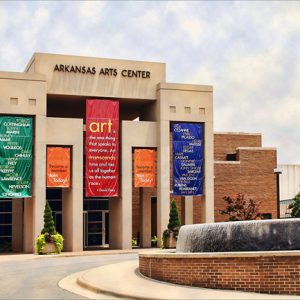 Arkansas Arts Center
Arkansas Arts Center 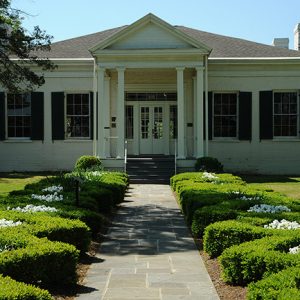 Curran Hall
Curran Hall  Fowler House
Fowler House 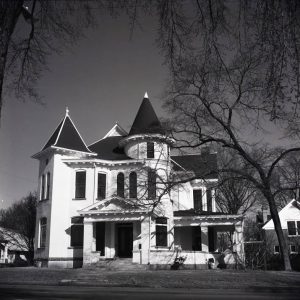 Holtzman-Vinsonhaler House
Holtzman-Vinsonhaler House  Korean War Memorial
Korean War Memorial  Kramer School
Kramer School  MacArthur Park Etching
MacArthur Park Etching 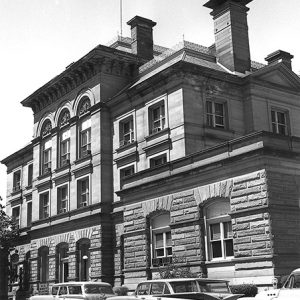 Old Federal Building
Old Federal Building 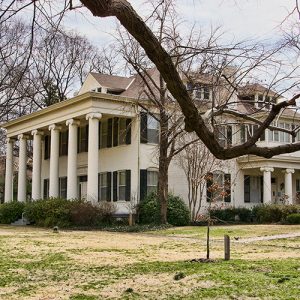 Pike-Fletcher-Terry House
Pike-Fletcher-Terry House 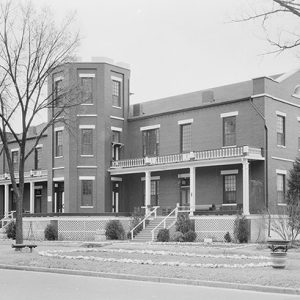 Tower Building
Tower Building 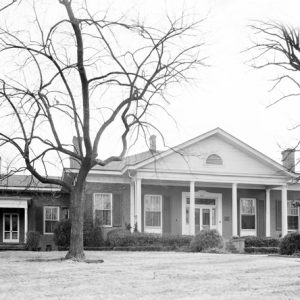 Trapnall Hall
Trapnall Hall 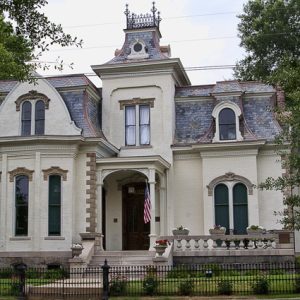 Villa Marre
Villa Marre 




Comments
No comments on this entry yet.